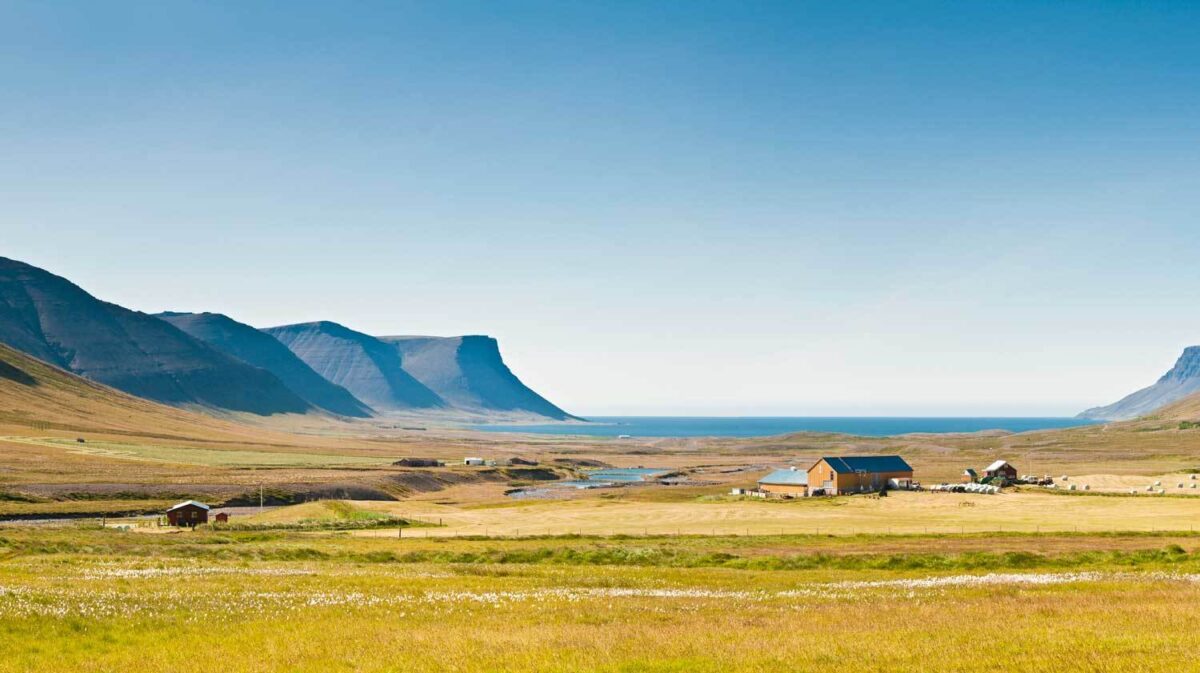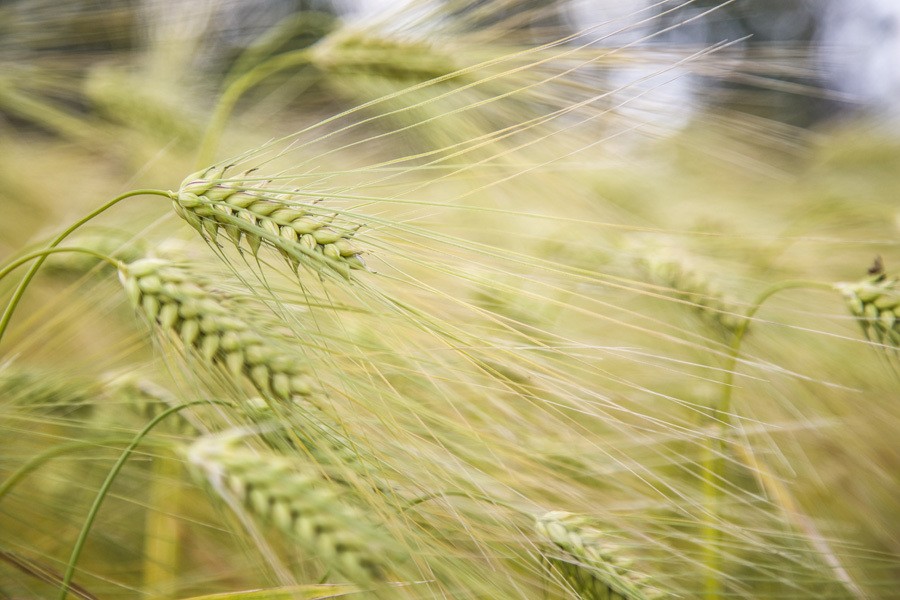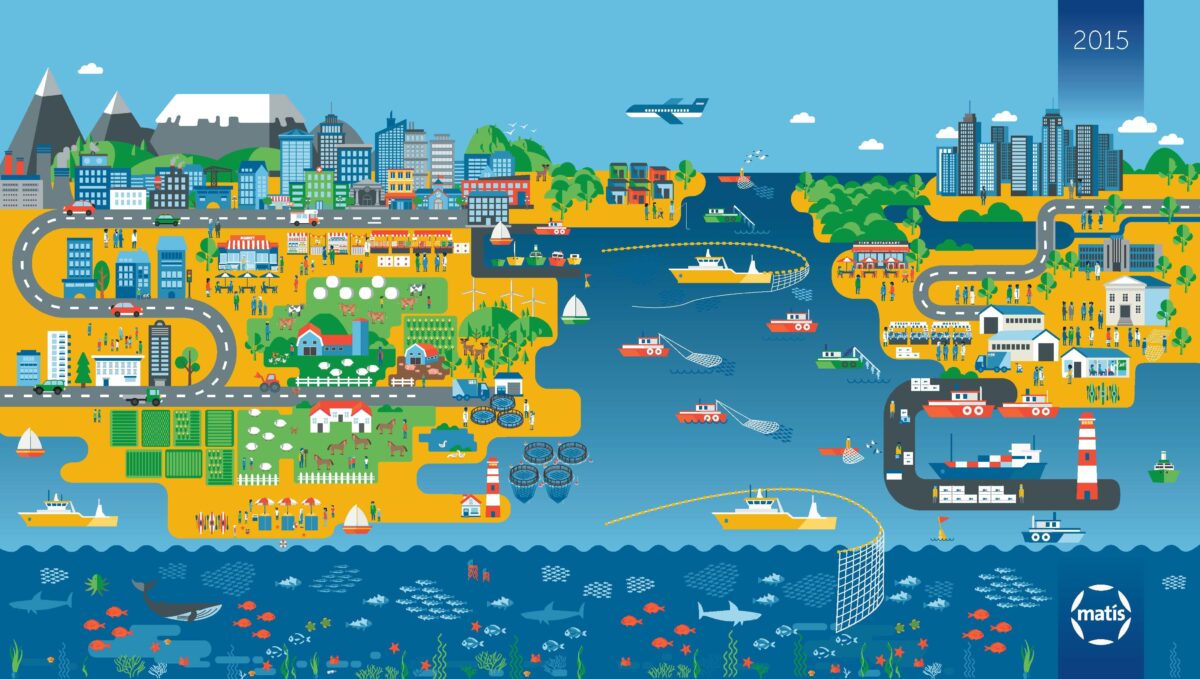The International Scientific Journal Icelandic Agricultural Sciences, year 28/2015 is now fully completed on the publication's website http://www.ias.is, but Matís is one of its publishers.
The publication contains six articles, totaling 80 pages. This is also the first cohort where all articles have a so-called doi (digital object identifier) number that makes it easier for researchers around the world to find electronic versions of cited articles. With this change, IAS was also changed to pure electronic copy and is no longer printed.
The latest article in year 28/2015 has just arrived on the web: Inoculation with arbuscular mycorrhizal fungi, fertilization and seed rates influence growth and development of lyme grass seedlings in two desert areas in Iceland by Úlf Óskarsson and Wolfgang Heyser. The article discusses the effects of fungal protein infection in the cultivation of weeds in two sandy areas in the South. In addition to the effects of the fungal protein infestation, the effects of different fertilizer and seed doses were also tested.
It was interesting that the fungal protein increased its growth in the first year but then its positive effect diminished and they disappeared over time and even became negative. However, fertilizer increased growth and sand accumulation more than other treatments, and re-fertilization had a greater effect on the size of the initial dose of fertilizer. It seemed most economical to use small doses of seeds and fertilizers in the beginning, but follow with moderate fertilizer for a few years after sowing.
This long-term study reported here is very interesting for those who cultivate land with weeds and use it to stop sand drifts and shows how necessary it is to follow revegetation experiments and revegetation for many years.




